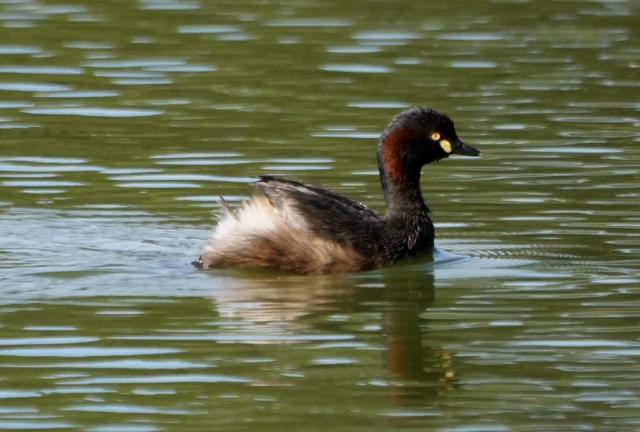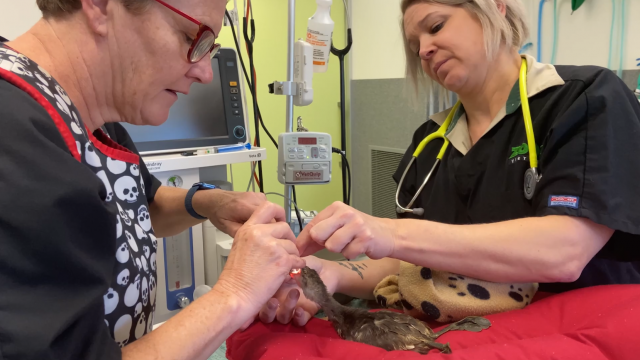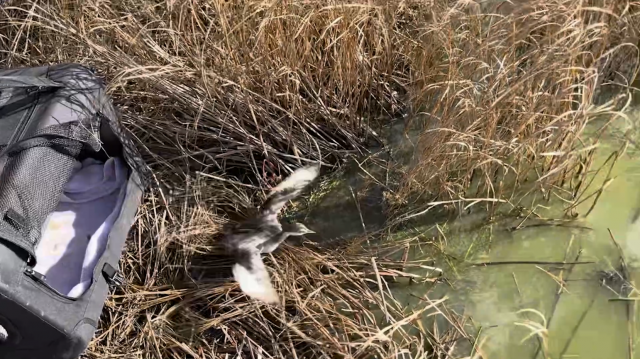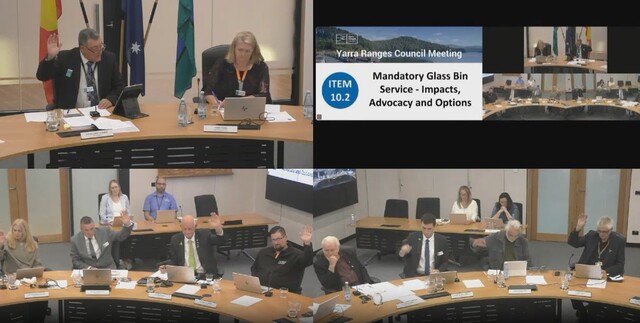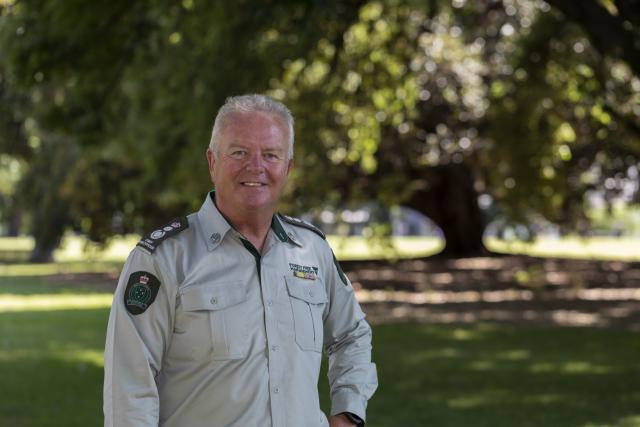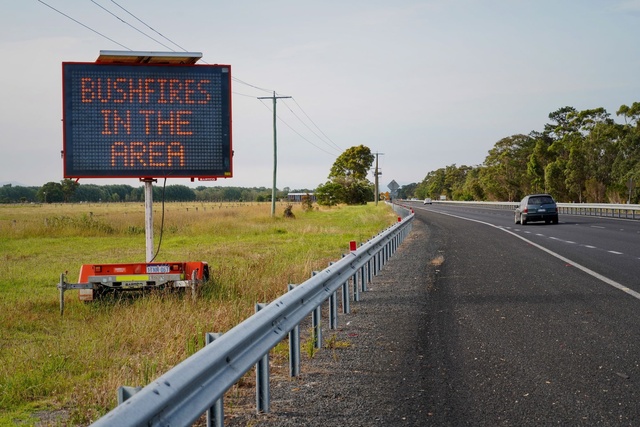Mysteriously, more than 90 precious aquatic birds have recently been found stranded and in need of veterinary care at locations across Victoria during the past two months.
Teams of veterinarians and wildlife experts at Melbourne Zoo, Werribee Open Range Zoo and Healesville Sanctuary are rescuing the grebes – duck-like native waterbirds – that are being found debilitated and injured away from their usual freshwater habitat.
Werribee Open Range Zoo Associate Veterinarian Dr Paul Eden said grebes are getting stranded in some unusual places.
“People are finding these waterbirds inside their backyards, around industrial estates, and we’ve even had birds turning up at the casino,” Dr Eden said.
These strandings have been occurring throughout this year’s autumn and winter seasons, when the charismatic species traditionally migrate from inland freshwater locations to coastal areas.
“At this time of year, grebes like to come together to congregate in social flocks, however, they are sadly losing their way on that journey,” Dr Eden said.
“One of the theories behind this trend is a breeding and population boom of the species, caused by the wetter weather conditions of La Niña throughout the past few years, which is resulting in grebes dispersing to find new wetland habitats.”
Dr Eden said the aquatic species are becoming stranded on land due to some quirky but remarkable physical features.
“Grebes cannot walk well on land because they are so anatomically specialised for a life spent in the water and on floating vegetation. They have legs that connect to their pelvis with a rear end tilt compared to other waterbirds, and toes that are lobed like petals instead of webbed.
This makes them very strong swimmers, but they find it difficult to walk and are physically incapable of taking flight from land.
“So, what we’re seeing is grebes mistaking wet roads and other shiny surfaces for water bodies while in flight. They’re then coming into land, realising it’s not water and getting stuck there.”
Dr Eden said the waterbirds are often found debilitated, lacking waterproofing, or injured from abrasions and collisions with the ground.
“Grebes that come into care at Zoos Victoria receive thorough veterinary examinations. They’re then rehabilitated with regular feeds, treatment of their injuries and support with regaining optimal feather condition.
“We don’t see grebes often, so it’s really special to work with them and release them back into the wild.”
There are approximately 20 species of grebes which are found on continents and islands all over the world.
Three species – the Hoary-headed, Australasian, and Great crested grebe – are common to Victoria.
Grebes are best known for their extraordinary diving abilities and elaborate courtship displays where they rapidly tread above water with their bodies in an impressive upright, vertical position.
People who come across a grebe in need of assistance are encouraged to contact Wildlife Victoria or to take them to a local veterinarian for assessment.

